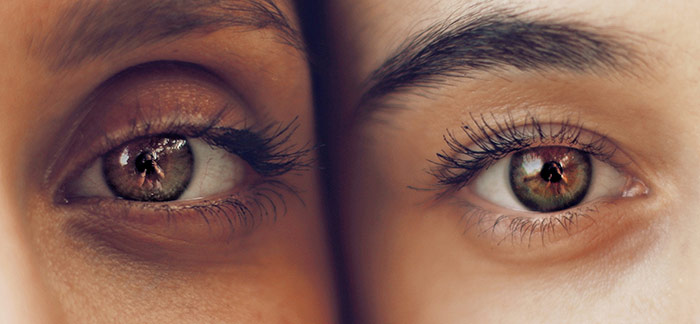|
That’s the question that is yet to be 100% answered. Ophthalmologists still can’t tell for sure what the exact causes are. Mostly it has been pinpointed to genetics, but that statistic is only 1 in 10. There have been notable contributing factors discovered along the way and they include:
- certain eye allergies
- excessive eye rubbing
- certain connective tissue disorders for example Ehlers-Danlos syndrome
If you are unfortunate enough to develop Keratoconus, it’s likely to be in the early teen years, reaching to your early twenties. The impairment only worsens with time slowly over a 10 to 20 year period.
|

